In case you haven’t noticed – maybe you are visiting this website for the first time – our first public deliverable, the “Comprehensive definition of the Cities-4-People conceptual framework”, submitted in August 2017, is available for download.
What can you find in this report?
- Common concepts, processes, structures, practices and tools for sustainable urban mobility and social innovation
- Methodologies for the application of our key concepts
- Relevant best practices along with their implications for Cities-4-People
- The spread of social innovation, participatory and community approaches as a baseline for (peri)urban mobility interventions
- Relevant policy and regulatory perspectives
- Relevant regional policies, initiatives, support actions as well as the role of mobility stakeholders and communities in the C4P pilot areas.
Good to know as a baseline: the backbone of the project is a people-oriented approach. On the backdrop of a People-oriented Transport and Mobility (POTM) framework, Cities-4-People works towards the emergence of open and inclusive mobility communities. By putting the citizen to the centre of the process, we strongly believe that we will be able to design and produce demand-led urban mobility innovations that will be commonly agreed upon and accepted. To do so, we resort to numerous different concepts, methodologies and tools, which are all explained in this first public deliverable.
Why have we done it?
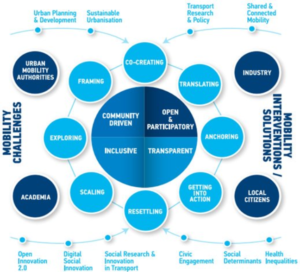
This report plays an important role for our project. Cities-4-People works towards the development of mobility innovations by the people for the people. Nicely said, right? But how do we actually do it? The methods we adopt rely on a complex conceptual framework that brings together many inter-disciplinary concepts, which have become buzzwords nowadays. Some examples? (Digital) Social Innovation, co-creation, bottom-up approaches, sustainable urban planning. It is therefore essential to clearly understand what these words really mean, what they imply, the reasons why they are relevant to our project activities and how they have been used before. In a nutshell, the deliverable and the research behind it aim to create a knowledge base of concepts and methodologies that can be applied to achieve the project objectives successfully. Our research has the additional value of identifying key success factors and offers a suite of indications for their effective deployment. Last but not the least, it suggests possible synergy channels with other projects. Therefore, we believe that the insights that are offered by the literature and recent best practices can guide us in setting up the communities, engaging with them and carrying out co-creation.
Thus, this deliverable serves as a reference guide for us through the project life-cycle. And, who knows, we hope that it can also help you to make clarity between concepts, find out about sources you can use to learn further on what is out there or select tools to apply for your own initiative.
Why read it and what to read?
Maybe you are a fan of transformative processes and you want to learn about social innovation. Maybe you are a mobility expert and you need inspiration for a citizen-centred approach. Are you a citizen and want to understand more about what is happening in your city in terms of mobility? Are you fed up with buzzwords and want to know what hides behind them? Are you interested in circular economy and sustainability, but never thought of it in combination with mobility? There are many reasons why it is worth reading the report. You may even want to read it just out of curiosity. Even if you think you don’t have the time, there are ways around. You can get a glimpse of the main concepts on this website and then decide which sections of the deliverable you want to browse through to get a deeper understanding. Or depending on your interests you may want to check out:
Section 1 – The People-Oriented Transport and Mobility framework
Section 2 – (EU) urban mobility policies
Section 3 – (Digital) Social Innovation and Open Innovation 2.0
Section 4 – Community engagement and public participation processes
Section 5 – Sustainable urbanisation, sustainable urban mobility planning and urban resilience
Section 6 – Living labs, smart citizen labs, hackdays and co-creation workshops
Section 7 – The Health Technology Assessment and the Core Outcome Set evaluation methodology.
Choose for yourself, give it a try and get in touch with us to let us know your thoughts and ideas!


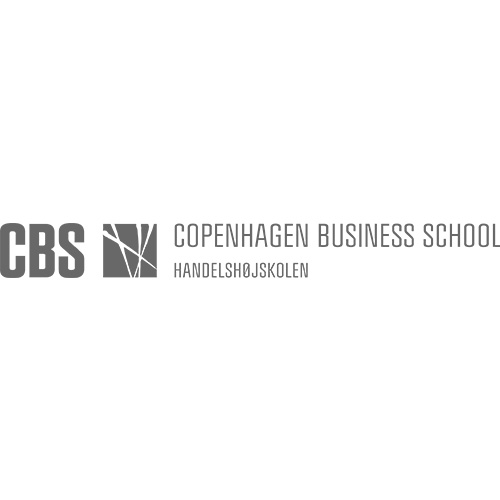
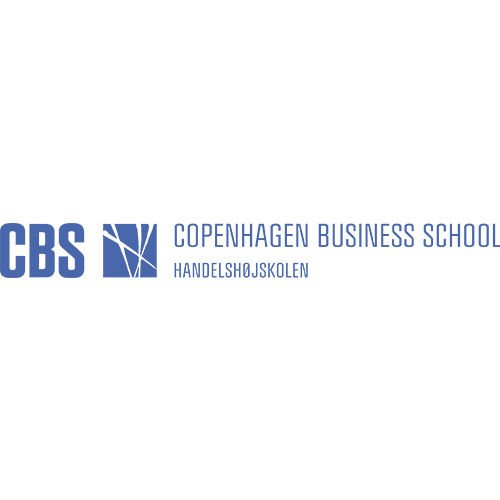
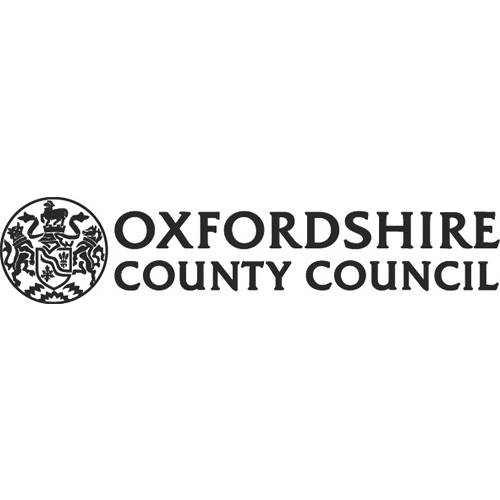

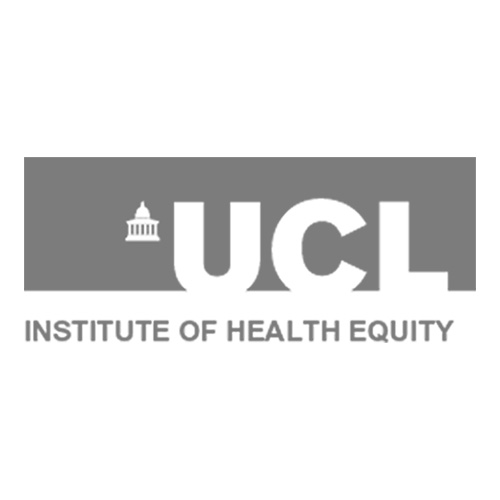
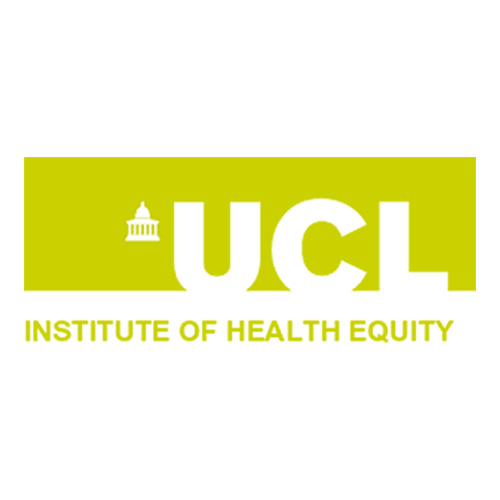
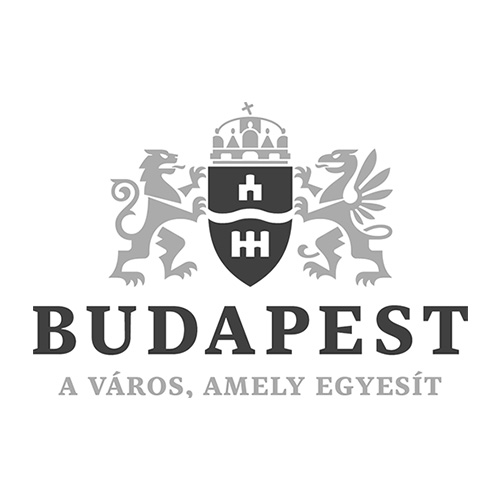
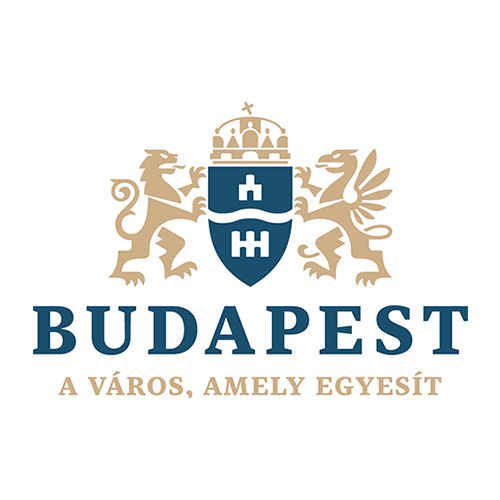
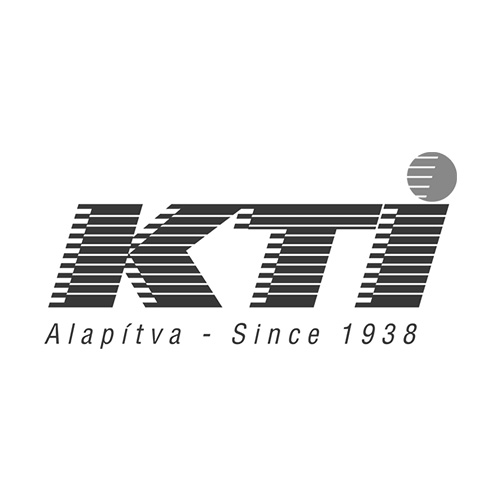
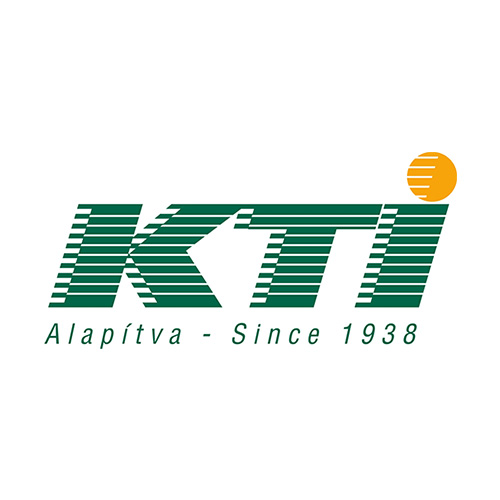
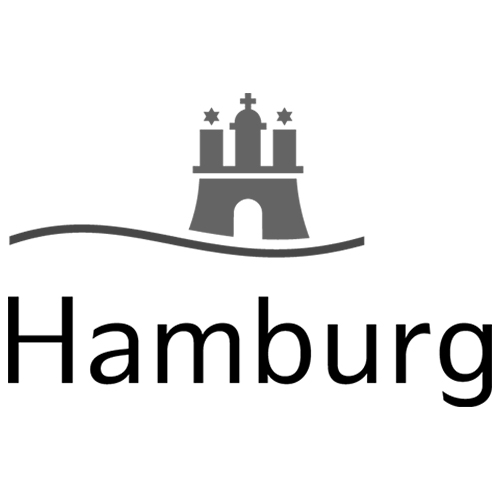
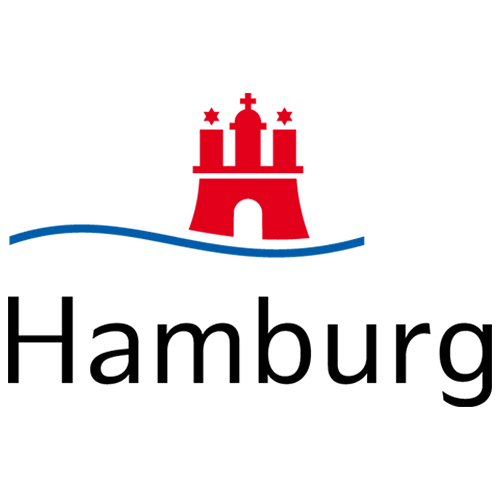
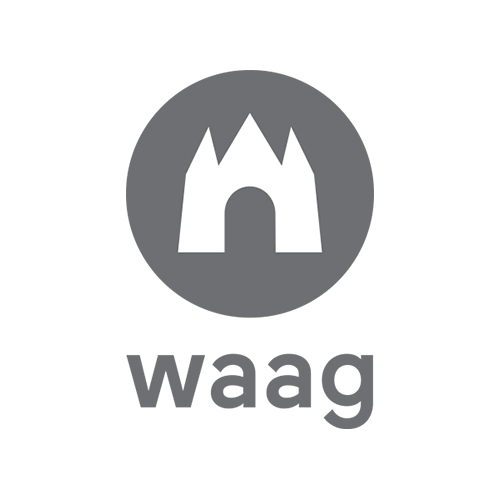

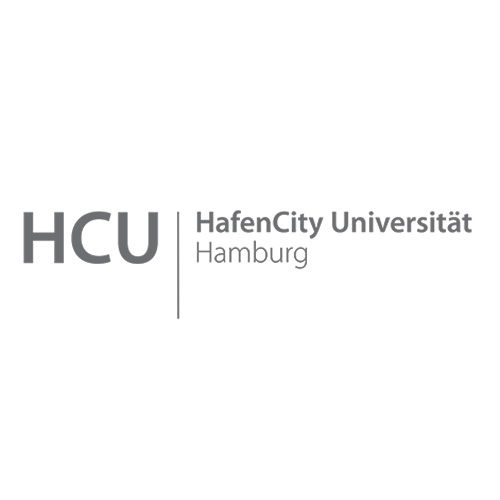
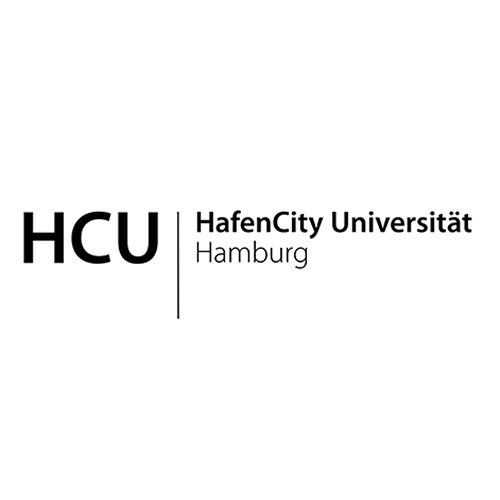
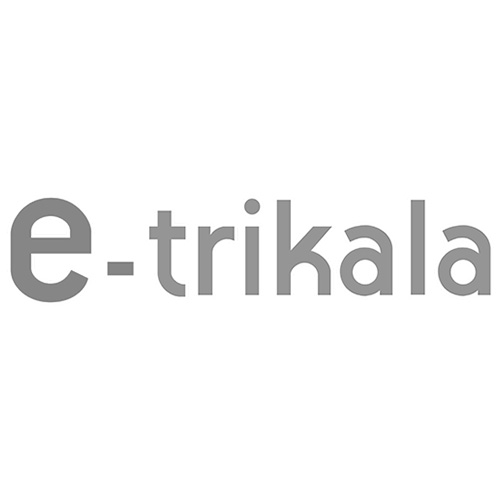
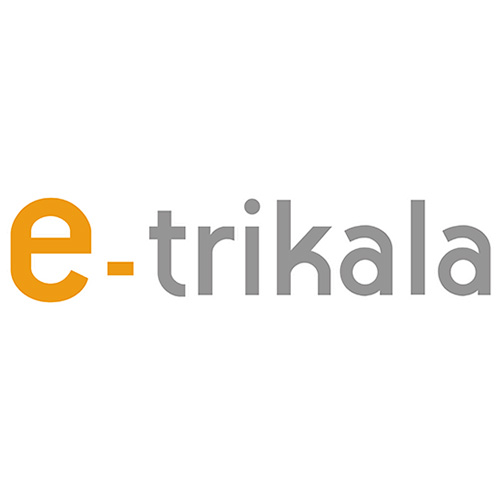
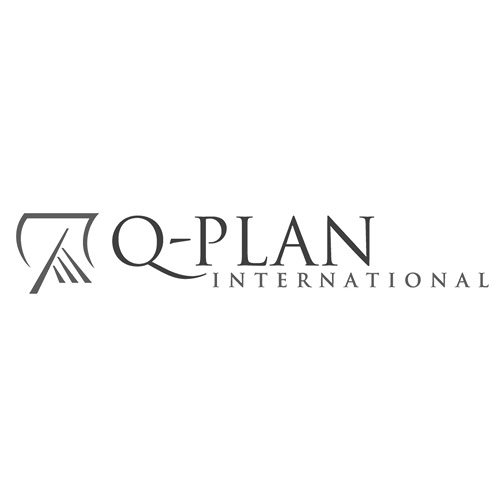
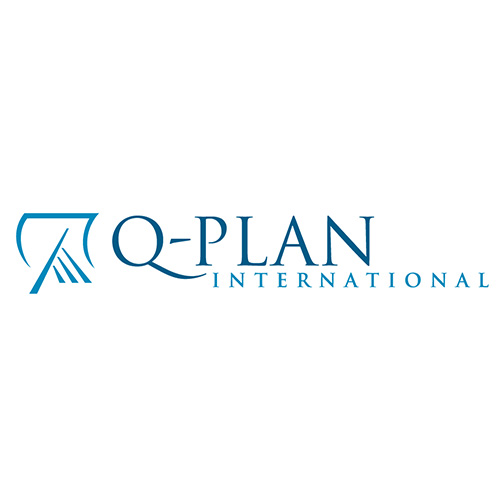
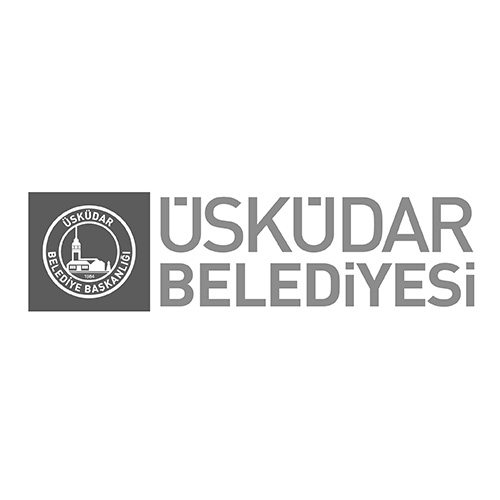


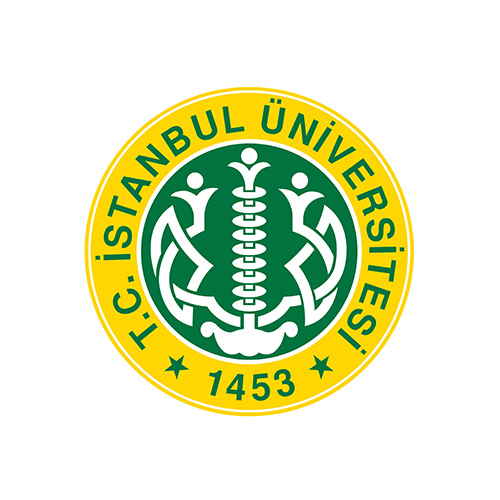


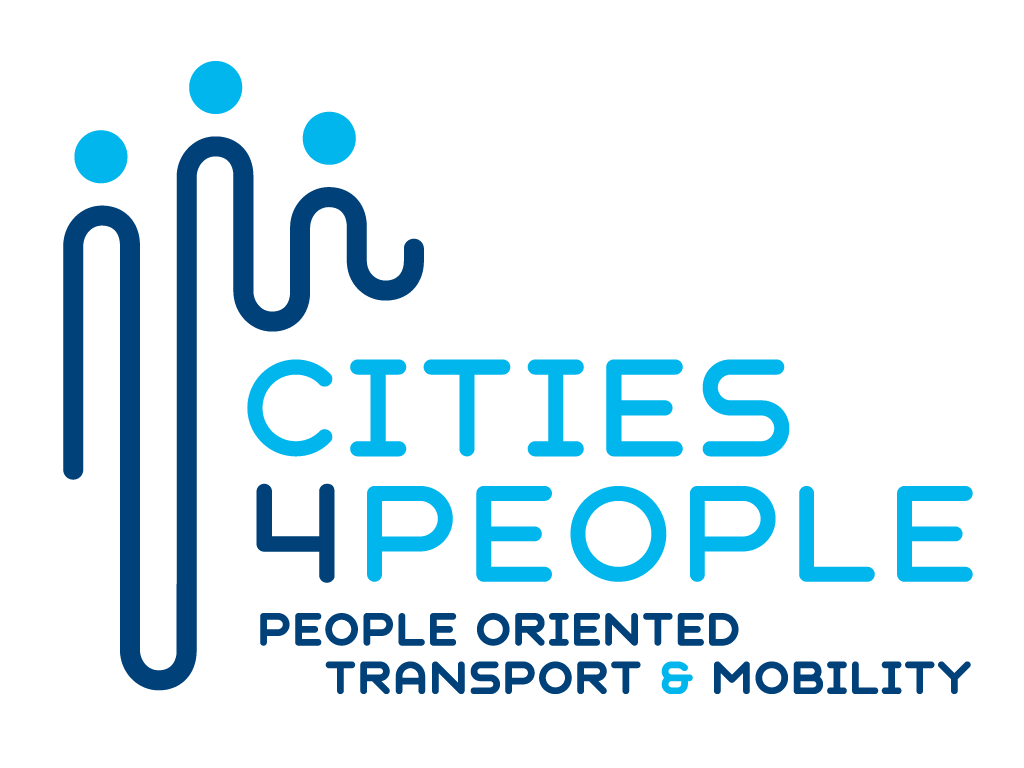
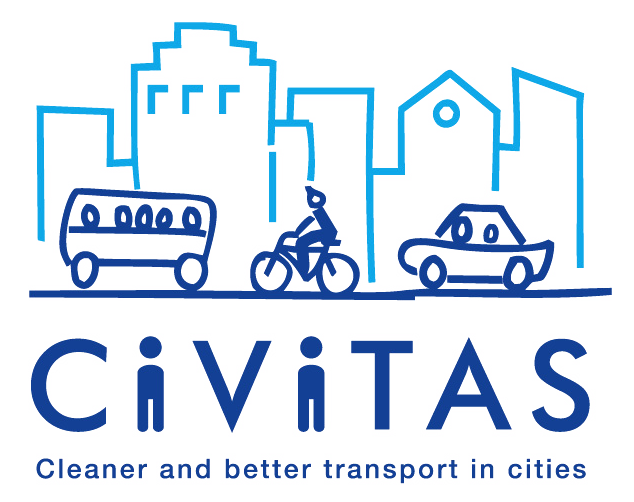


 Magyar
Magyar Ελληνικά
Ελληνικά Deutsch
Deutsch Turkish
Turkish